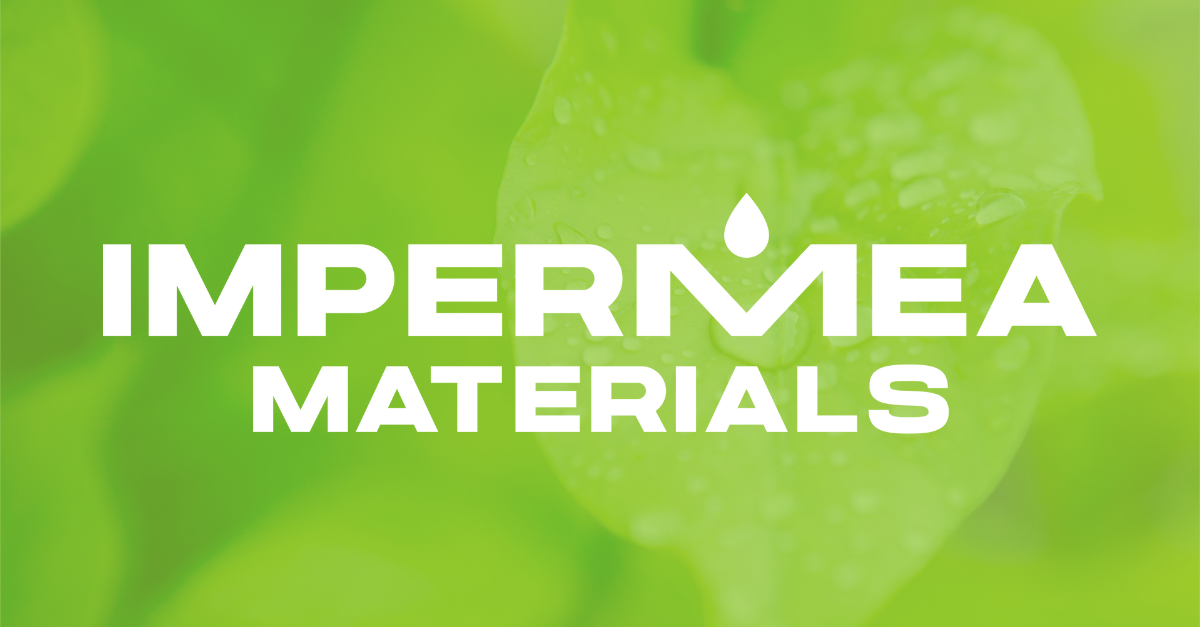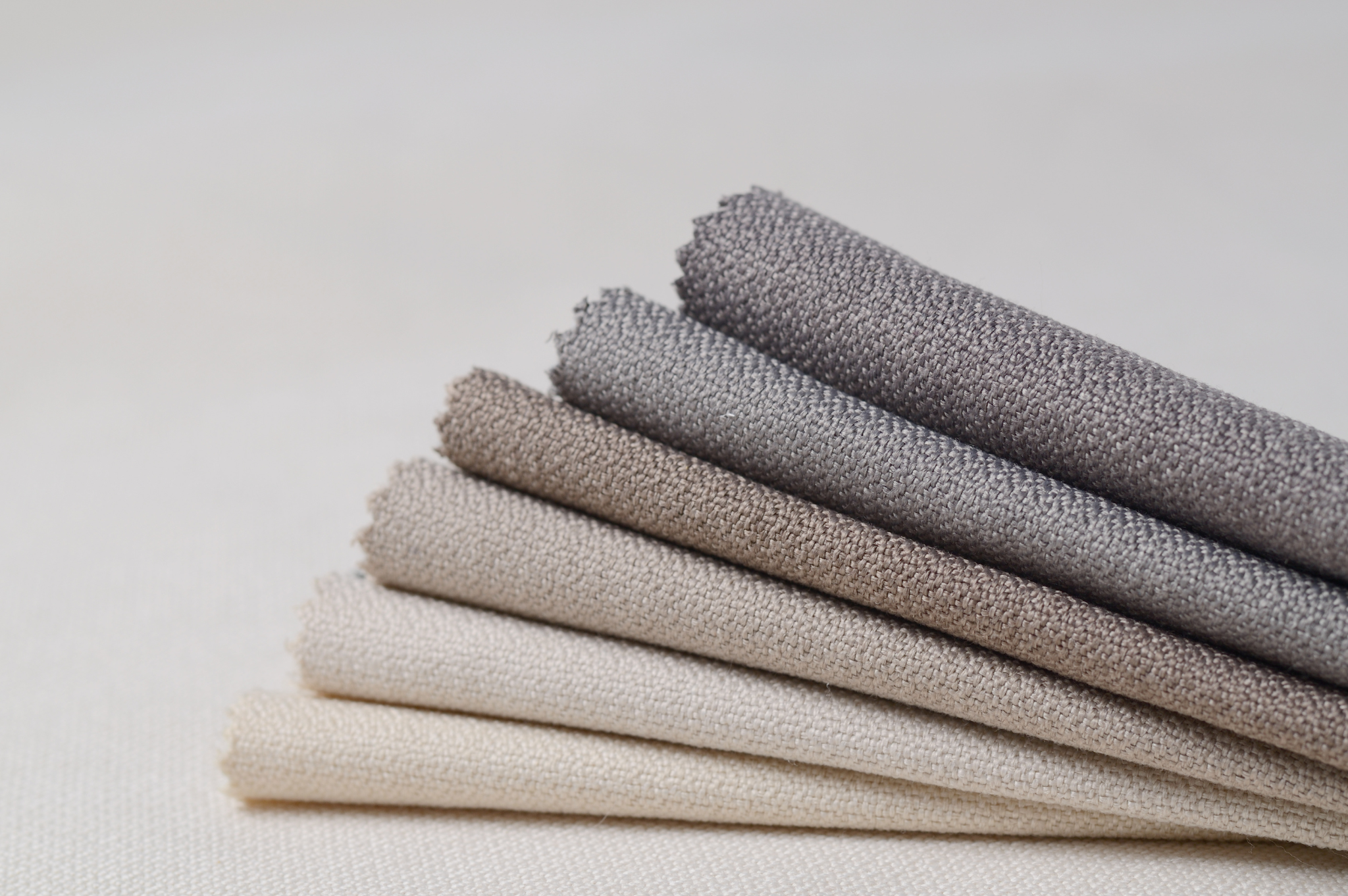In the world of textiles, innovation knows no bounds. Over the years, textile manufacturers have continually sought to improve textile performance, durability, and aesthetics through several means, including sourced raw materials, production, and coatings. By applying coatings to textiles, manufacturers can achieve multiple desirable properties making them more versatile and functional. Let's explore the world of textile coating applications and how they transform the ability of textiles.
The Art of Textile Coatings
The use of coatings in the textile world is a common one that dates back to ancient times. The practice includes applying a layer of chemicals or compounds to the surface of a textile to modify its characteristics. Textiles have been in our history since roughly 100,000 years ago, with the first textiles believed to be dated from 6500 BC, but it wasn’t until 1938 that DuPont produced the first PTFE fiber. A coating can enhance the textile's durability, add hydrophobic properties, UV protection, antimicrobial characteristics, and more. Additionally, to the improved features, coatings can be applied simply for aesthetic purposes to make a textile unique.
Why Textile Coatings?
Performance Enhancement: Coatings enable manufacturers to augment materials with desirable properties, such as water resistance, flame retardancy, abrasion resistance, and anti-static properties, enhancing their performance in various applications.
Market Differentiation: Textile coatings allow manufacturers to create unique products that stand out. By offering fabrics with specialized functionalities, they can target niche markets and differentiate themselves from competitors.
End-User Applications: Textile coatings have applications in various industries, including automotive, healthcare, sportswear, and home textiles. Each application may require specific characteristics that can be achieved through coating techniques.
Longevity and Durability: Coatings can extend the lifespan of fabrics by adding protective layers that withstand wear and tear, enhancing the longevity of a textile’s traditional life. In turn, it contributes to a more sustainable lifestyle for the consumers of the textile industry.
How Coatings Are Applied
There are various methods of application for textile coatings. Each technique is designed to cater to the needs of manufacturers. These qualifications can be the cost, desire, space, quantity of production, and textile type. One typical textile application machine is the Stenter Frame with Pad Application.
The Stenter with Pad Application is a machine that applies coatings to textiles through a system similar to a conveyor line. The Stenter machine was developed in the 19th century with a wooden frame designed to hold and stretch the fabric manually, allowing it to dry correctly. In the early 20th century, the Stenter machine had the addition of heat to aid in the drying and setting of fabrics. Throughout the years, the Stenter machine continuously evolved with automation, temperature control, and efficiency improvements.
The Stenter machine comprises many processes, including padding, rollers, and heat stem. The first step in the process involves fabric preparation, where the fabric is cleaned and pre-treated. Then, the coating substance is applied using a padded roller, and excess liquid is removed for precise application. Next, the fabric passes through the heated chamber to dry and cure the coating, ensuring strong adhesion. Finally, the fabric may undergo additional finishing processes like calendaring, embossing, or lamination based on the desired end product. The Stenter Machine with Pad Application’s efficiency and versatility make it a game-changer in the textile industry, enabling manufacturers to enhance fabric properties and meet diverse market demands.
PFAS in Coatings
As with many other industries, PFAS chemicals have been widely used for their performance and attributes. With the growing concern over the long-term effect of PFAS on health and the environment, more manufacturers have been researching and moving towards PFAS-free coating options for their textiles. As more research is done and manufacturers continue to move towards PFAS-free coatings, the need for creativity and innovation will continue to be at the forefront of the textile industry. Textile coating, made possible by machines like the Stenter with Pad Application, has revolutionized how fabrics are engineered and utilized. By applying diverse coatings, textile manufacturers can enhance their textiles with many valuable properties that cater to the needs of various industries and end-users. This seamless integration of technology and creativity continues to push the boundaries of textile manufacturing, ensuring that fabrics remain at the forefront of innovation and utility in the modern world.
Impermea Materials, formerly known as DetraPel Industrial, is an advanced materials company based in Massachusetts that synthesizes and manufactures the highest-performing barrier solutions, which are PFAS-free and plastic-free. Our paper & paperboard packaging product line allows customers to unlock repulpable, recyclable, compostable, and PFAS-free product innovation. We offer customizable oil & grease resistant (OGR), moisture/water vapor transmission barrier (MVTR), fan-apart adhesives, and release coatings enabling customers to win new business and gain additional market share. Our products replace existing coatings that do not allow materials like paper to replace plastic due to a lack of performance. Traditional solutions in the market are facing regulatory action due to PFAS, Plastic, or other less sustainable materials. Our solutions provide an offering that genuinely outperforms legacy technologies without sacrificing the sustainability you need.



